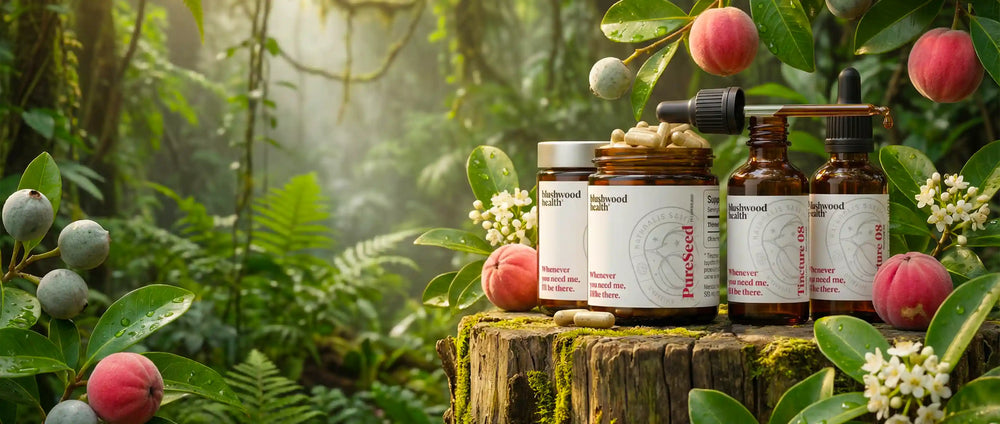Unraveling the Truth About Blushwood Berry Extract Ratios: Why 20:1 is a Red Flag
A critical area where misinformation abounds is the extract ratio of Blushwood berry products, particularly the claims surrounding the 20:1 extract ratio. This article aims to demystify extract ratios, shed light on the truth behind the 20:1 claim, and guide consumers on how to navigate these murky waters.

In the realm of natural health supplements, the Blushwood berry has emerged as a beacon of hope and intrigue, thanks to its remarkable properties and the promise it holds in supporting wellness. However, as with any product that garners attention and acclaim, the market has seen a surge of variations and claims that can confuse and, at times, mislead consumers. A critical area where misinformation abounds is the extract ratio of Blushwood berry products, particularly the claims surrounding the 20:1 extract ratio. This article aims to demystify extract ratios, shed light on the truth behind the 20:1 claim, and guide consumers on how to navigate these murky waters.
Understanding Extract Ratios
Firstly, it's crucial to understand what an extract ratio means. In the simplest terms, an extract ratio indicates the concentration of the source material (in this case, Blushwood berry) to the final product. For example, a 5:1 extract ratio means that 5 kilograms of the raw berry are used to produce 1 kilogram of the extract. This process concentrates the active components, theoretically making the extract more potent than the raw material.The Myth of the 20:1 Extract Ratio
Now, onto the heart of the matter: the 20:1 extract ratio. Brands that tout a 20:1 ratio claim that they use 20 kilograms of Blushwood berries to produce 1 kilogram of extract, suggesting a product of exceptional potency. However, a deeper dive into the production and extraction processes of the Blushwood berry reveals that such a ratio is not just improbable; it's practically unfeasible.-
Biological Constraints: The Blushwood berry, hailing from specific regions in Australia, is not only rare but also difficult to cultivate outside its native habitat. The supply of these berries is limited, making the procurement of vast quantities required for a 20:1 extract ratio challenging and economically impractical.
-
Extraction Limitations: The process of extracting compounds from the Blushwood berry involves delicate methods that aim to preserve the integrity and effectiveness of the active ingredient, EBC-46. There is a threshold to how much the active compounds can be concentrated without degrading their quality or losing their efficacy. Industry experts and researchers suggest that beyond a certain point, higher extract ratios do not necessarily equate to a more effective product.
-
Misleading Marketing: The allure of a higher extract ratio is a marketing tactic that preys on the consumer's assumption that "more concentrated" means "more effective." However, without standardized benchmarks for measuring efficacy based on extract ratios, these claims remain unsubstantiated and misleading.
How to Protect Yourself as a Consumer
So, how can you, as a discerning consumer, navigate these claims and make informed decisions about purchasing Blushwood berry extract? Here are a few tips:- Research: Don't take marketing claims at face value. Look for studies, expert opinions, and consumer reviews that shed light on the product's real-world effectiveness.
- Quality Over Quantity: Remember that a higher extract ratio doesn't automatically mean a better product. Focus on the quality of the extract and the credibility of the manufacturer.
- Beware of Red Flags: Be cautious of products that make exaggerated claims without scientific backing, particularly those that promise miraculous results. Legitimate health supplements are designed to support wellness, not cure diseases overnight.
In conclusion, while Blushwood berry extract offers promising benefits, the claims of a 20:1 extract ratio should be approached with skepticism. By arming yourself with knowledge and exercising due diligence, you can navigate the market's complexities and choose products that are genuinely beneficial for your health. Remember, the best advocate for your well-being is an informed and critical you.
